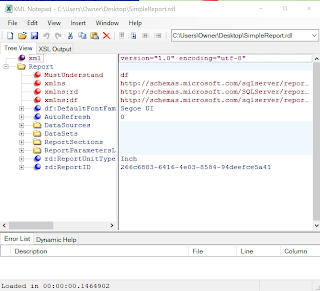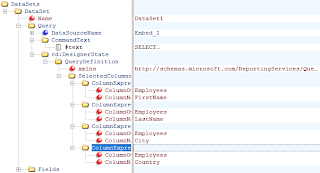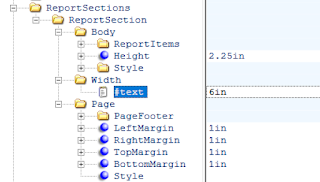The application you are writing must be authenticated before the MapControl and the services that needed, the map services in the Windows.Services.Maps.
You need a maps authentication key from the Bing Maps Developer Center in a similar way that you need a key for using Maps on Google applications.
First click on this link to go to the Bing Maps Developer Center.
https://www.bingmapsportal.com
You may need to authenticate yourself with one of the available services, I usually go with Microsoft account. Enter your credentials and sign in and choose to associate that account with Bing Maps Account.

Proceed to create a new key(if you do not have one) using the CreateKey form
Complete Create key
You need a maps authentication key from the Bing Maps Developer Center in a similar way that you need a key for using Maps on Google applications.
First click on this link to go to the Bing Maps Developer Center.
https://www.bingmapsportal.com
You may need to authenticate yourself with one of the available services, I usually go with Microsoft account. Enter your credentials and sign in and choose to associate that account with Bing Maps Account.

Proceed to create a new key(if you do not have one) using the CreateKey form
Complete Create key
Under My account menu, click My Keys,
The key is user specific and has been masked in the above.































